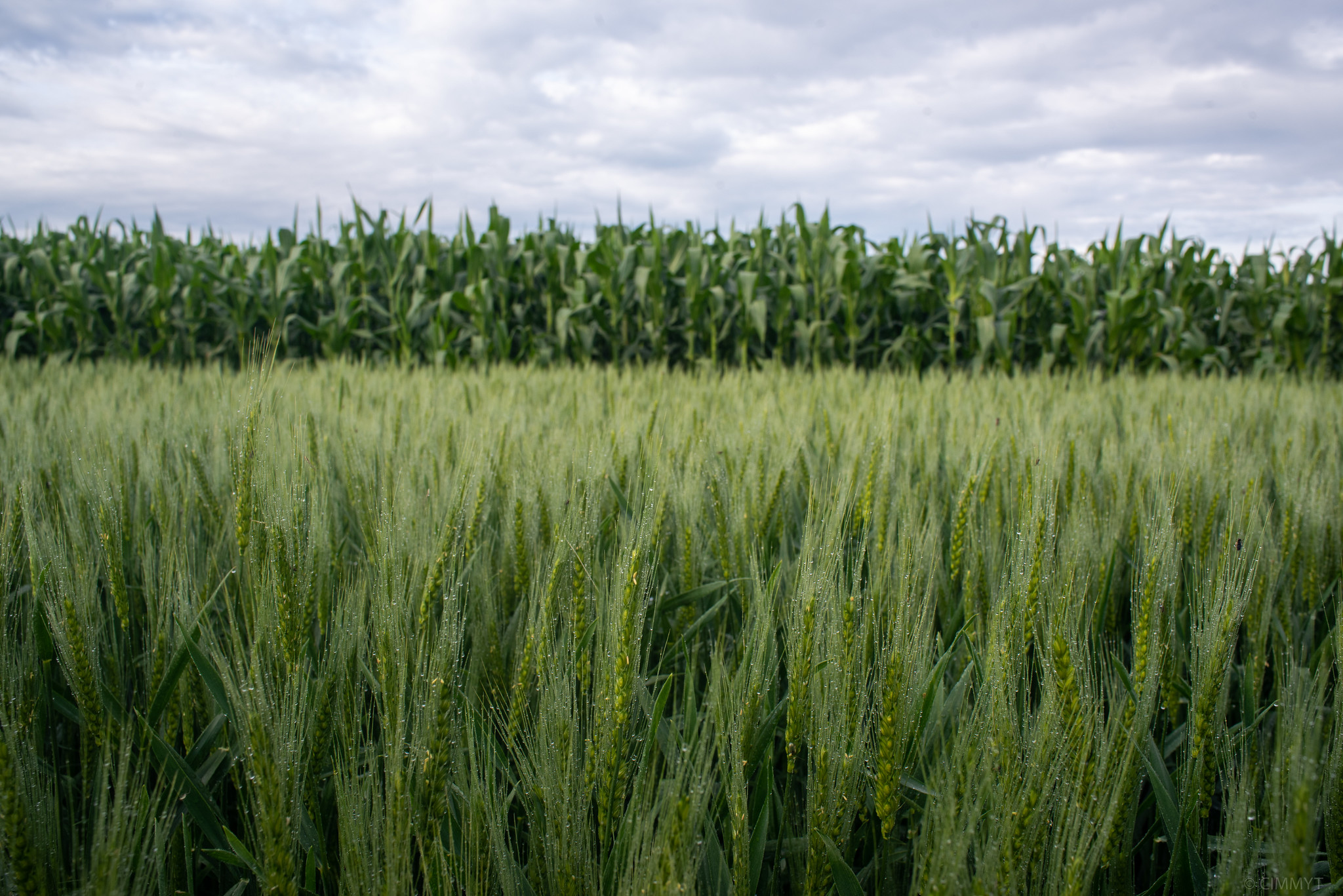To adequately confront rapidly changing plant pests and diseases and safeguard food security for a growing population, breeders — in collaboration with their partners — have to keep testing and applying new breeding methods to deliver resilient seed varieties at a much faster rate using minimal resources. Molecular markers are essential in this regard and are helping to accelerate genetic gains and deliver better seed to smallholders across sub-Saharan Africa in a much shorter timeframe.
Progress made so far in molecular plant breeding, genetics, genomic selection and genome editing has contributed to a deeper understanding on the role of molecular markers and greatly complemented breeding strategies. However, phenotyping remains the single most costly process in plant breeding, thus limiting options to increase the size of breeding programs.
Application of molecular markers increases the ability to predict and select the best performing lines and hybrids, prior to selection in the field. “This enables breeders to expand the size of a breeding program or the populations they work on using the same amount of resources,” says Manje Gowda, a maize molecular breeder at the International Maize and Wheat Improvement Center (CIMMYT).
“There are three stages in the use of molecular markers: discovery, validation and deployment,” he explains. “At the discovery phase, the objective is to find molecular markers associated or tightly linked with the trait of interest, while also assessing whether the trait is more complex or easier to handle with few markers for selection.”
The molecular markers identified at the discovery stage are validated in independent bi-parental or backcross populations, and the marker trait associations — which are consistent across different genetic backgrounds and diverse environments — are then moved to the deployment stage. Here, they are considered for use in breeding either as part of marker assisted selection or forward breeding, marker assisted back crossing and marker assisted recurrent selection.
Screening for resistance markers
CIMMYT scientists have discovered several marker trait associations for crop diseases including maize lethal necrosis (MLN), maize streak virus (MSV), corn rust and turcicum leaf blight. All these trait-associated markers have been validated in biparental populations.
For MLN, after screening several thousands of lines, researchers identified a few with resistance against the viral disease, namely KS23-5 and KS23-6. These lines were obtained from synthetic populations developed by Kasetsart University in Thailand and serve as trait donors. Researchers were able to use these as part of forward breeding, producing doubled haploid (DH) lines by using KS23-6 as one parent and screening for the presence of MLN resistance genes.
“This screening helps eliminate the lines that may carry susceptible genes, without having to phenotype them under artificial inoculation,” says Gowda. “These markers are also available to all partners to screen for MLN resistance, thereby saving on costs related to phenotyping.”
Scientists also used these MLN resistance markers to introgress the MLN resistance into several elite lines that are highly susceptible to the disease but have other desirable traits such as high grain yield and drought tolerance. The marker-assisted backcrossing technique was used to obtain MLN resistance from the KS23-5 and KS23-6 donor lines. This process involves crossing an elite, commercial line — as a recurrent parent in the case of CIMMYT elite lines — with a donor parent line (KS23) with MLN resistance. These were then backcrossed over two to three cycles to improve the elite line carrying MLN resistance genes. In the past three years, more than 50 lines have been introgressed with the MLN resistance gene from KS23-6 donor line.
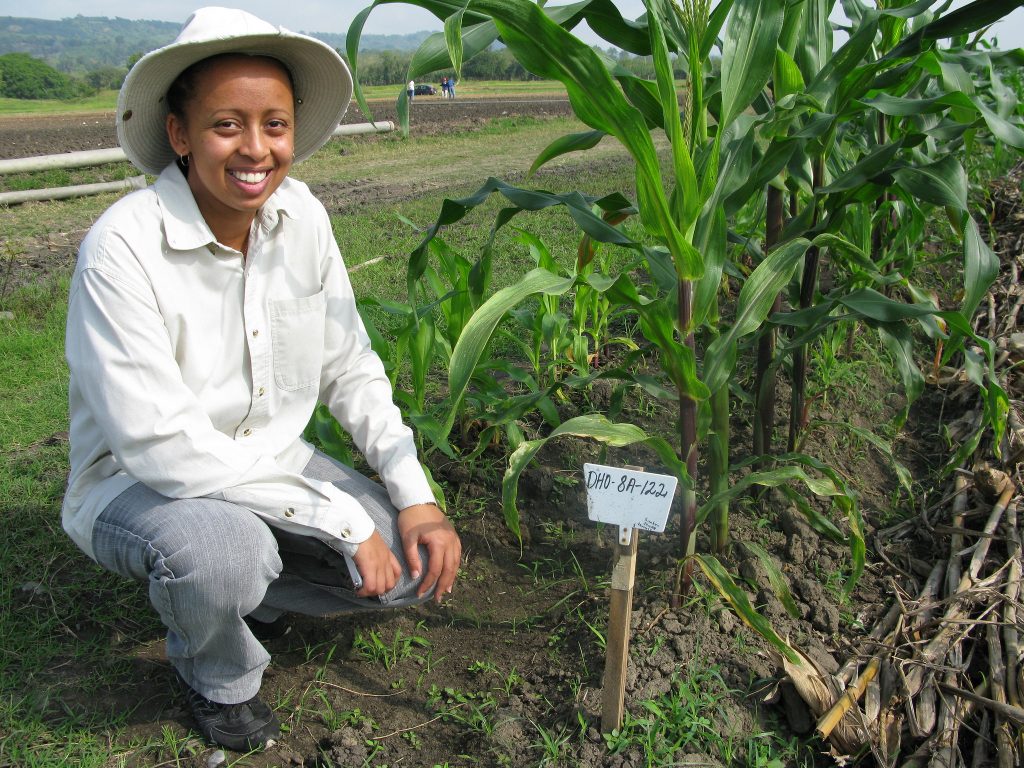
An impetus to breeding programs
“The work Manje Gowda has been carrying out is particularly important in that it has successfully moved from discovery of valuable markers and proof-of-concept experiments to scalable breeding methods which are being used effectively,” says CIMMYT Trait Pipeline and Upstream Research Coordinator Mike Olsen. “Enabling routine implementation of molecular markers to increase selection efficiency of breeding programs in the context of African maize improvement is quite impactful.”
At CIMMYT, Gowda’s team applied genomic selection at the early stage of testing the breeding pipeline for different product profiles. “The objective was to testcross and phenotype 50% of the Stage One hybrids and predict the performance of remaining 50% of the hybrids using molecular markers,” Gowda explains.
The team have applied this strategy successfully each year since 2017, and the results of this experiment show that selection efficiency is the same as when using phenotypic selection, but using only 32% of the resources. From 2021 onwards, the aim is to use the previous year’s Stage One phenotypic and genotypic data to predict 100% of the lines. This will not only save the time but improve efficiency and resource use. The previous three-year Stage One historical data is helping to reduce the phenotyping of lines from 50% to 15%, with an increase in saving resources of up to 50%.
For the commercial seed sector, integrating molecular marker-based quality control measures can help deploy high-quality seeds, an important factor for increasing crop yields. In sub-Saharan Africa, awareness on marker-based quality has improved due to increased scientist and breeder trainings at national agricultural research systems (NARS), seed companies and national plant protection organizations, as well as regulators and policymakers.
Currently, many NARS and private sector partners are making it mandatory to apply marker-based quality control to maintain high-quality seeds. Since NARS and small- and medium-sized seed companies’ breeding programs are smaller, CIMMYT is coordinating the collection of samples from different partners for submission to service providers for quality control purposes. CIMMYT staff are also helping to analyze quality control data and interpret results to sharing with partners for decision-making. For the sustainability of this process, CIMMYT is training NARS partners on quality control, from sample collection to data analyses and interpretation, and this will support them to work independently and produce high-quality seed.
Such breeding improvements have become indispensable in supporting maize breeding programs in the public and private sectors to develop and deliver improved maize varieties to smallholder farmers across sub-Saharan Africa.
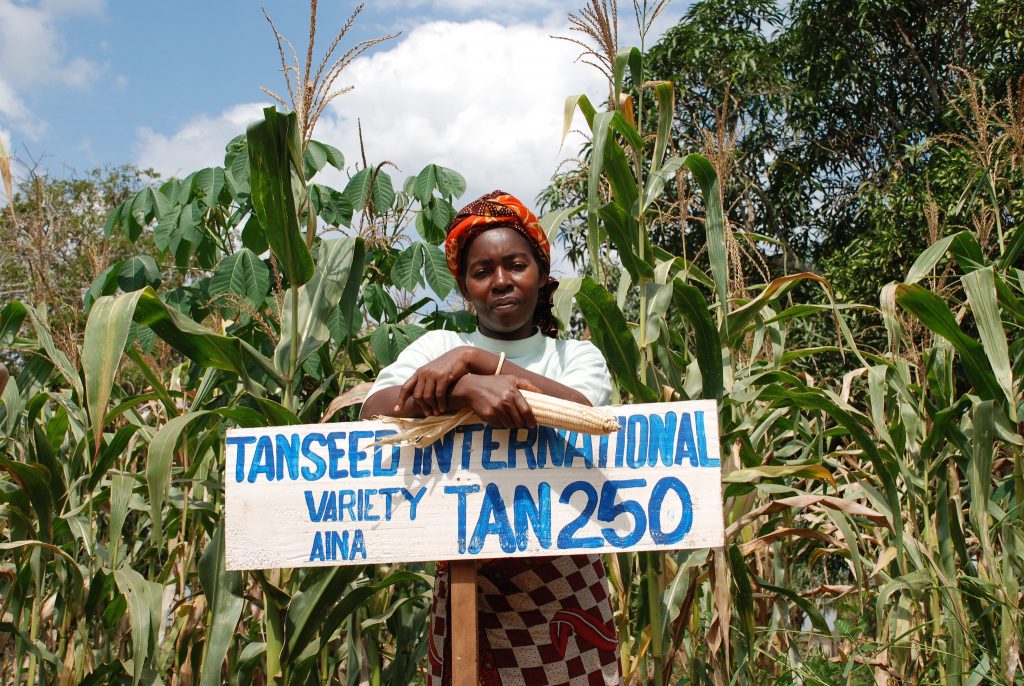
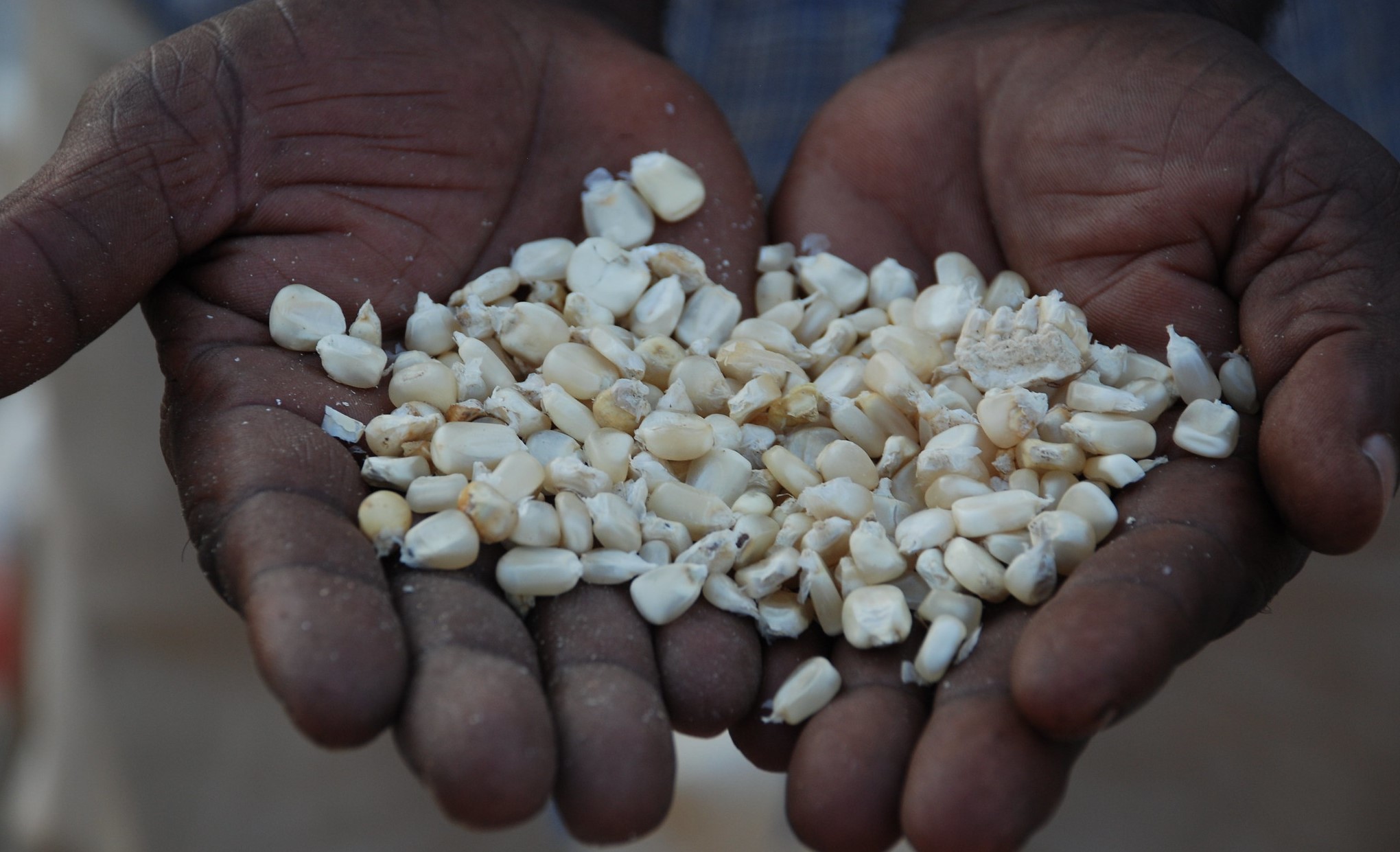
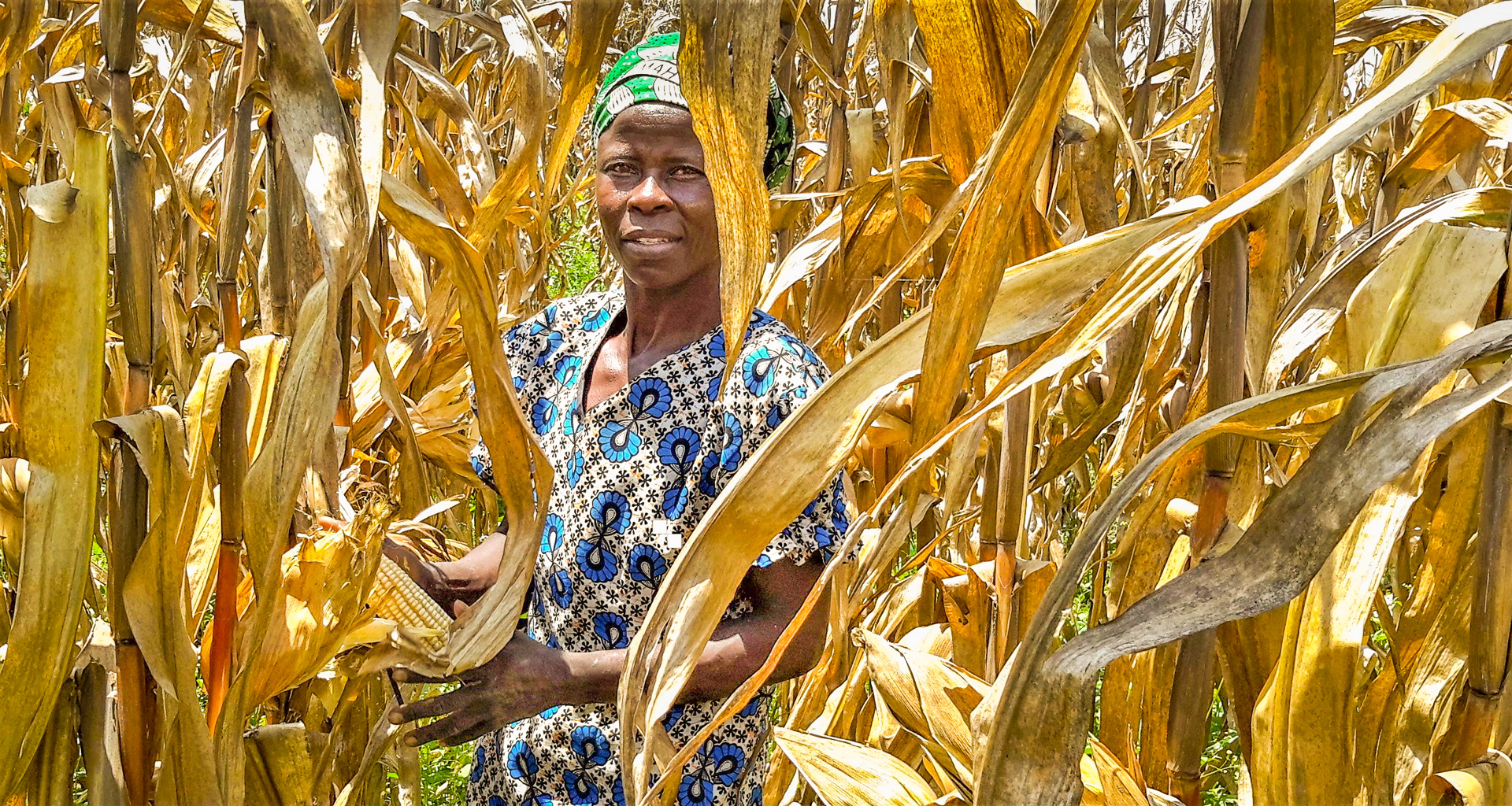
 Innovations
Innovations 